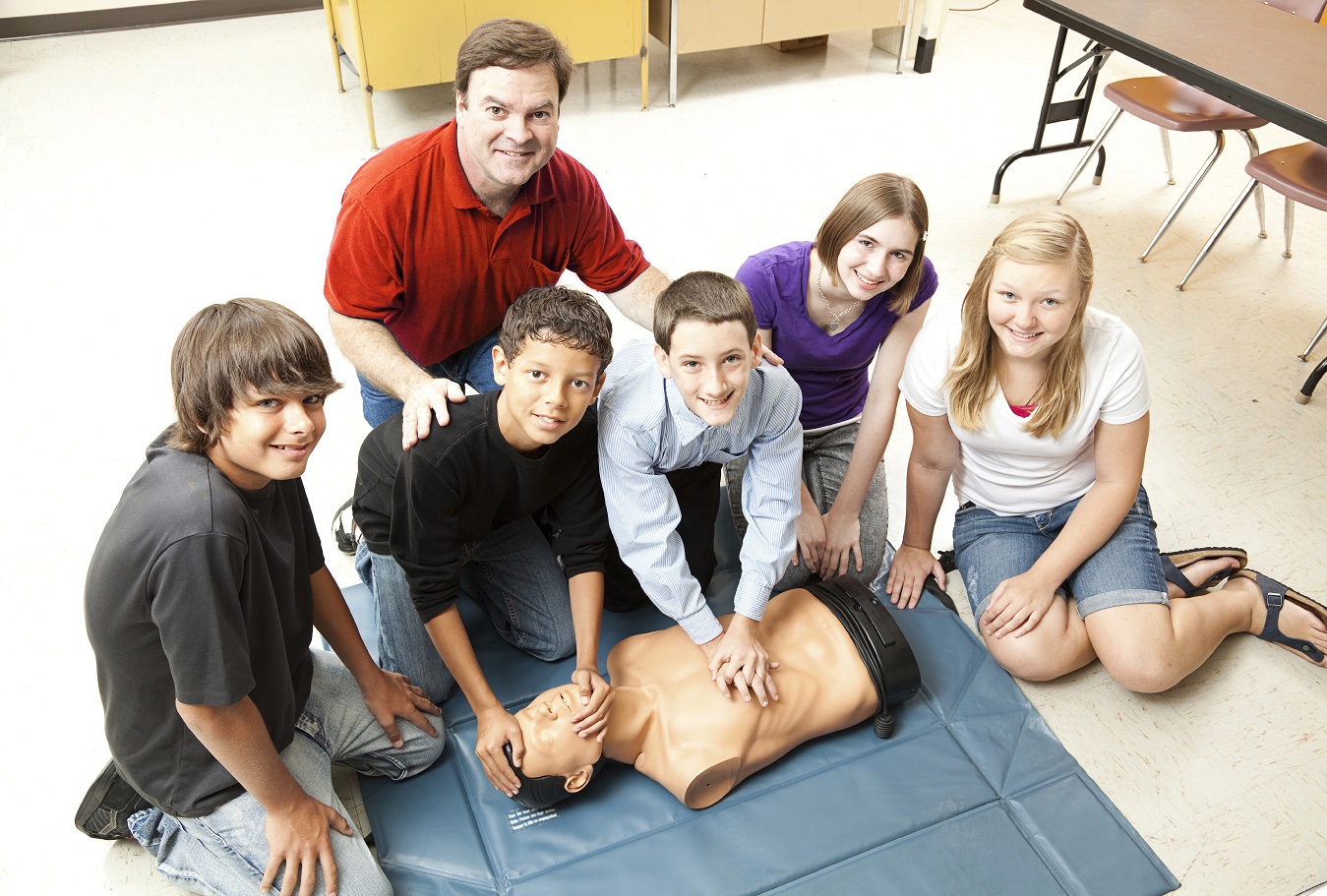Could your nine or ten-year-old kid save someone’s life? ABSOLUTELY.
For some reason, other parents don’t prepare their children for emergencies thinking they are protecting them. Unfortunately, children are often exposed to dangers and some things can get out of our control. As parents, it is beyond our power to keep them safe ALL the time. Does your child have an existing Junior ISA or your Child Trust Fund? Learn here how to transfer CTF to JISA with no hidden fees.
It does not hurt a child to teach them basic first aid. Exposing them to first aid at an early age is like teaching them how to become a potential lifesaver in the community.
One of the components of first aid that kids can easily learn is the cardiopulmonary resuscitation (CPR). CPR is an essential life skill that helps our kids remain safe by appreciating risks and being able to help other people involved in medical emergencies.
At what age can children learn CPR?
Children can be taught basic resuscitation skills as early as nine years old, according to American Hearts Association (AHA). Young age does not limit the learning of CPR skills. In fact, by Introducing the topic early, the children will grow in their understanding and effective application of CPR.
Though younger children may lack the physical strength to deliver adequate compressions, that doesn’t mean they should not learn the concept. In Australia, medical students from Flinders University suggests that basic resuscitation should be part of every school’s curriculum.
“There aren’t many schools anywhere in Australia that incorporate basic life support into their curriculum and that’s something we wanted to look at”
There are countless stories of young people performing heroic acts to save others. One of the best is the story of how an 8-year-old boy saved another kid from drowning in Queensland. Judd Greenham was on a family holiday in Port Douglas when he saw a fellow kid Matthew Sagar, slip on the pool step, hit his head and fell unconscious.
Luckily, Judd had a first aid safety training in his primary school months before the incident happened. Judd said that his first aid training kicked in and he began to practice what he’d been taught.
“I scooped him up from the pool and his eyes were rolling back. I pulled his head up from the water and put my hand under his nose to see if he was breathing and he wasn’t breathing” Judd said. He then called his mother who phoned the ambulance.
Judd’s story is another proof that you’re never too young to learn first aid. Because of Judd’s intervention, he was able to save Matthew, whom according to paramedics is five seconds away from being dead.
How to teach CPR to your child?
The best way to ensure your child will receive the proper resuscitation training is to become a CPR certified yourself. You can complete a CPR course and have the confidence to administer and teach CPR to your child.
Another way is to enroll them to a registered training organization (RTO) that provides highly-engaging and informative first aid classes. Make CPR training a family activity, some of our younger students attend the class with their parents. The training will help build their confidence by learning the basic life-saving skills in a non-stressful learning environment.
The time has come to make CPR and other basic life skills to be part of every child’s education. When you teach kids CPR, you’re strengthening the community and at the same time, you are giving them skills they can carry into the future.

